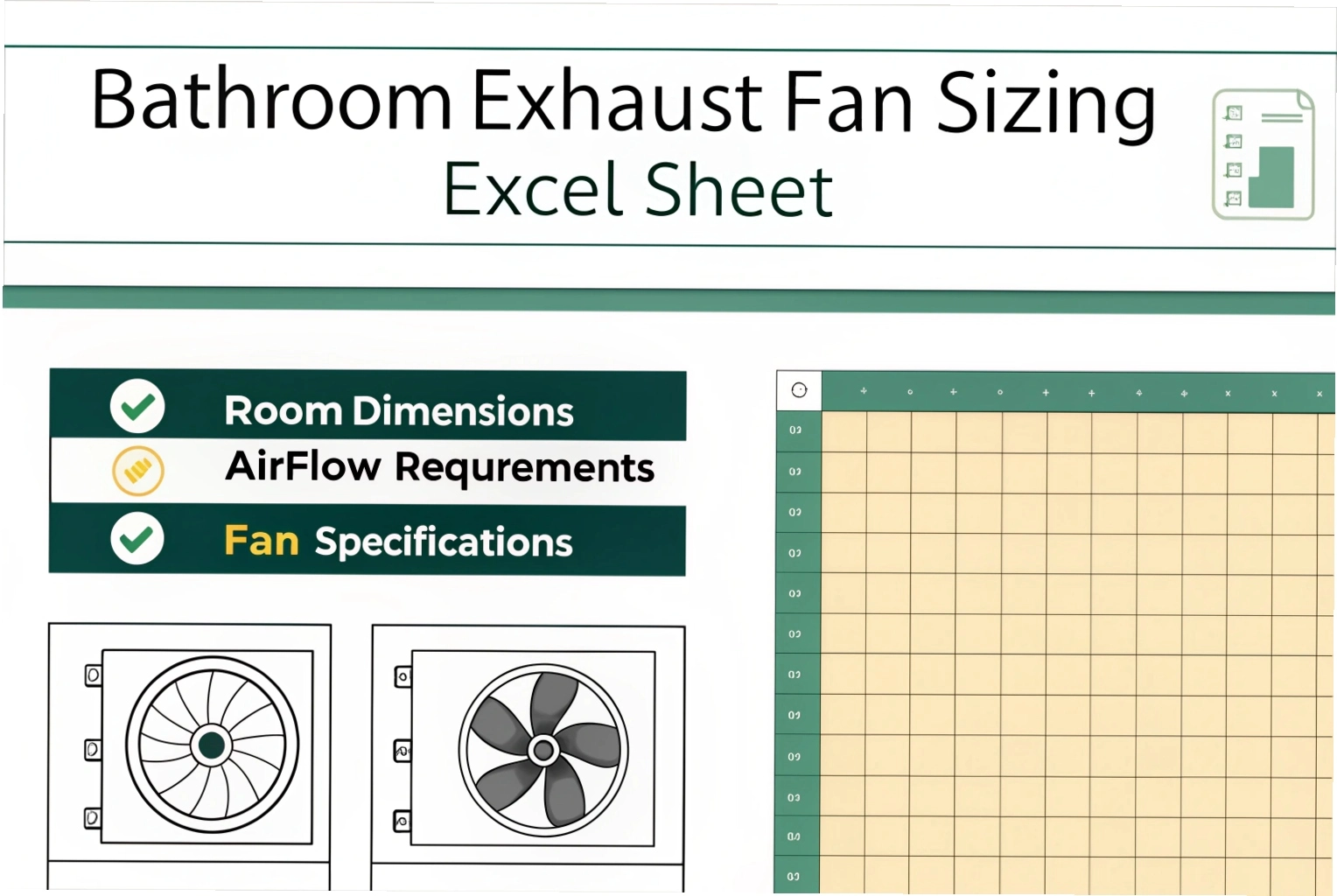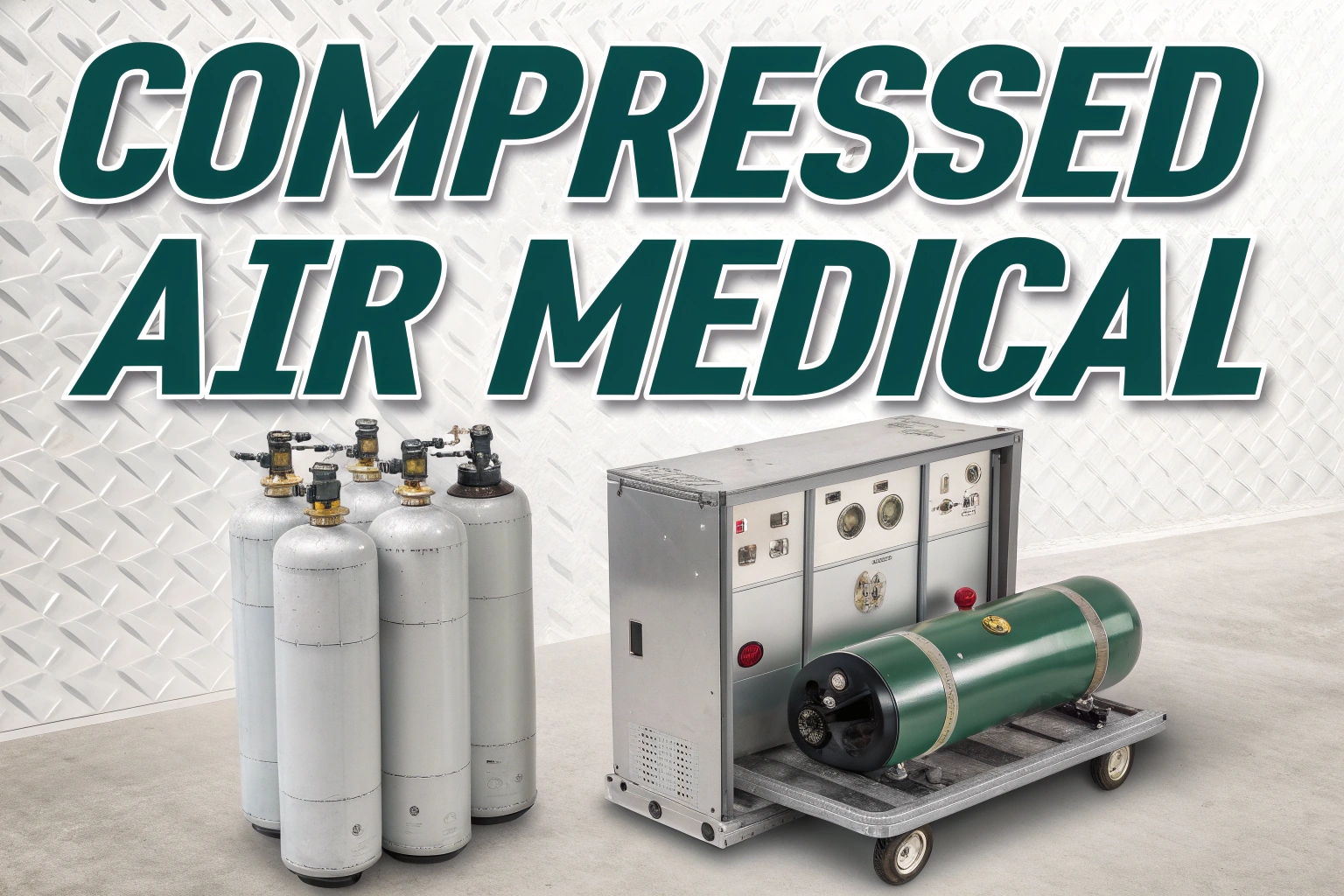Selecting exhaust fan for bathroom is technique which is used to by peoples to keep air clean and control moisture. they obtains exhaust fan using multiple techniques one of the most common technique is using Bathroom Exhaust Fan Sizing Excel Calculator , this calculator is very useful to calculate airflow in cubic feet per minute (CFM) based on room dimensions and peoples who is using bathroom. they Use this calculator to make selection of exhaust fan on the sites like home depot, amazon etc. this is very important to prevent mold growth and keep air quality good.
Why Proper Fan Sizing Matters
- Moisture Control: Correct airflow removes excess humidity from showers and baths, reducing condensation on walls and fixtures.
- Indoor Air Quality: Ventilation helps expel odors, airborne contaminants, and volatile organic compounds.
- Code Compliance: Building codes (e.g., ASHRAE 62.2, IRC) mandate minimum exhaust rates to ensure safe, healthy environments.
- Energy Efficiency: A properly sized fan runs at the right speed, avoiding over-ventilation and unnecessary energy use.
Features of the Excel Calculator
- Room Volume Calculation: Computes bathroom volume (ft³ or m³) using length × width × height.
- CFM Requirement: Applies standard guidelines—1 CFM per ft² of floor area or 50 CFM per occupant—for minimum ventilation.
- Duct Sizing Guidance: Recommends duct diameter based on selected CFM and desired air velocity.
- Noise & Efficiency Data: Allows entry of fan Sones rating and efficiency to compare models.
- Unit Flexibility: Switch between imperial and metric units with a single toggle.
- Summary Report: Generates a printable summary sheet with all key design parameters for record-keeping.
How to Use the Spreadsheet
- Download & Open: Enable editing in Excel.
- Enter Bathroom Dimensions: Input length, width, and ceiling height on the Input tab.
- Select Occupancy Factor: Choose the number of regular users or apply area-based CFM rule.
- Review Calculations: The Results tab displays required CFM, recommended duct size, and expected air changes per hour (ACH).
- Compare Fan Options: Input candidate fan specifications (CFM, Sones, watts) to identify the best fit.
- Export or Print: Use the Report tab to produce a formatted design summary suitable for project documentation.












TANX for any cooperations